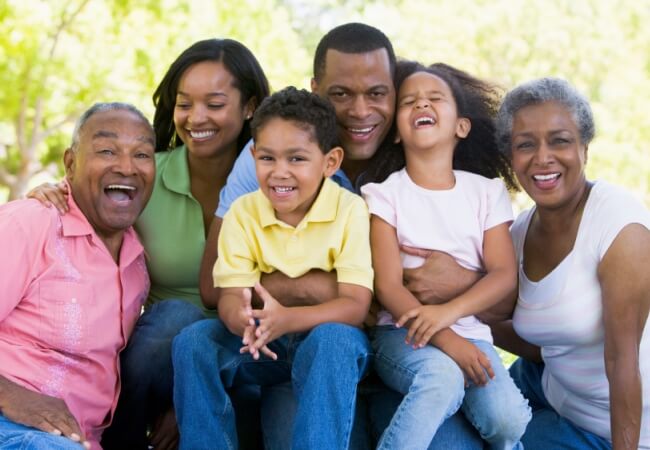
Feb 27, 2017
Report Highlights Communities Working Toward Well-Being for All

In America, health varies by income, education, race and ethnicity, and geography, notes a new report that points out how society as whole pays the price. The study goes on give nine examples of U.S. communities trying to level the playing field, some of which include nurses making key contributions.
In Minneapolis, the blueprint for action to prevent youth violence is a grassroots response that includes nurses from Minnesota Visiting Nurse Agency providing home visiting, early childhood development.
A public health nurse was part of Eastside Promise Neighborhood in San Antonio, Texas, a project that is part a U.S. Department of Education’s Promise Neighborhood grant program, developing collaborative solutions to address barriers to education.
Communities in Action: Pathways to Health Equity, the yearlong analysis by the National Academies of Sciences, Engineering and Medicine, reflects findings from experts in public health, health care, civil rights, social science, education, research, and business. The Robert Wood Johnson Foundation commissioned the report, which shows that the effects of health inequality go far beyond the individual and community level and include weaknesses at the national level in business competitiveness and efficiency, military readiness, and economic strength.
The programs were based on coordinated observations and efforts of representatives from multiple industries and fields.
“Communities are uniquely situated to address health inequities by supporting a Culture of Health,” said Victor J. Dzau, MD, president of the National Academy of Medicine. “We’re looking forward to continuing our work to develop evidence-based solutions needed for all to achieve good health and well-being regardless of the circumstances under which they are born, live, or work.”
